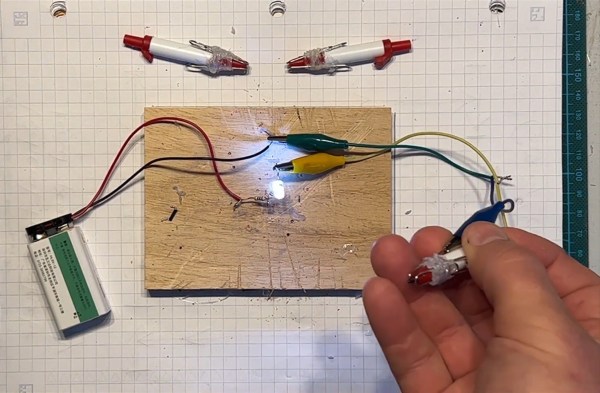Despite the summer doldrums, it was another big week in the hacking world, and Elliot sat down with Dan for a rundown. Come along for the ride as Dan betrays his total ignorance of soccer/football, much to Elliot’s amusement. But it’s all about keeping the human factor in sports, so we suppose it was worth it. Less controversially, we ogled over a display of PCB repair heroics, analyzed a reverse engineering effort that got really lucky, and took a look at an adorable one-transistor ham transceiver. We also talked about ants doing surgery, picking locks with nitric acid, a damn cute dam, and how to build one of the world’s largest machines from scratch in under a century. Plus, we answered the burning question: can a CRT be used as an audio amplifier? Yes, kind of, but please don’t let the audiophiles know or we’ll never hear the end of it.
Worried about attracting the Black Helicopters? Download the DRM-free MP3 and listen offline, just in case.




















